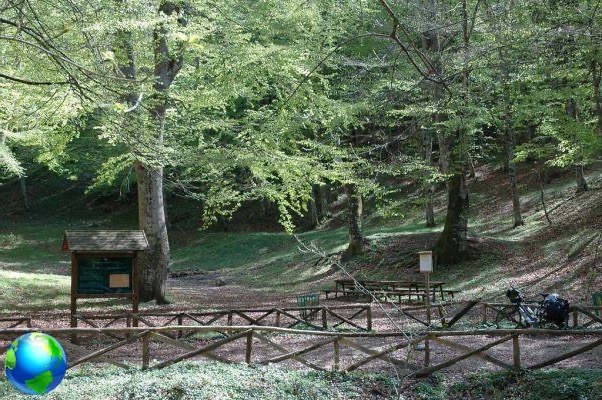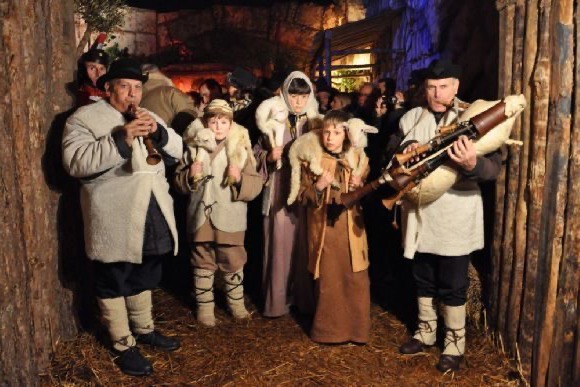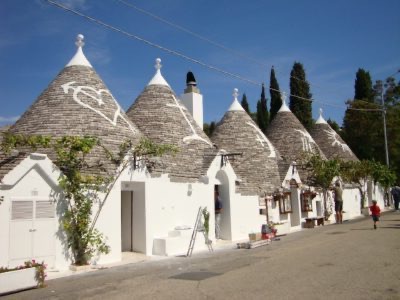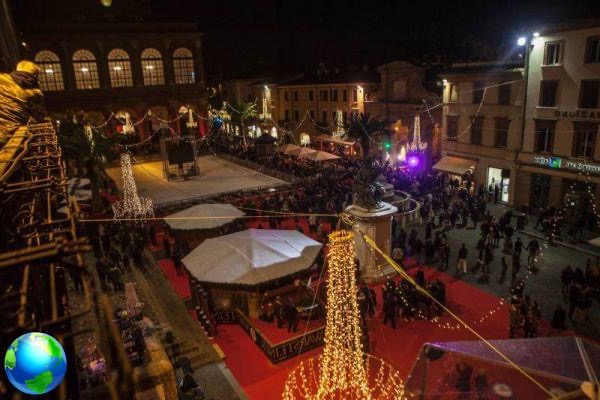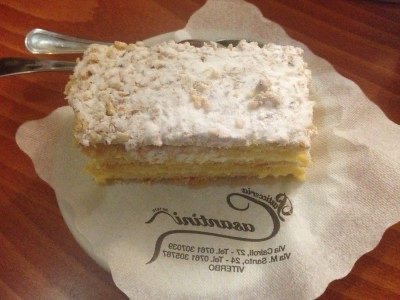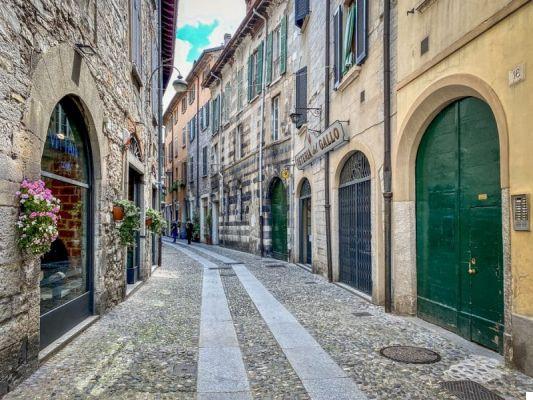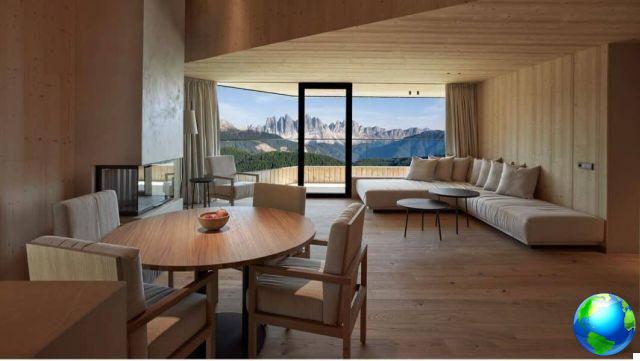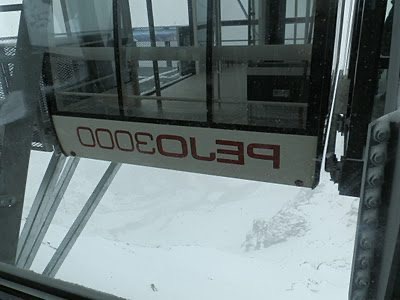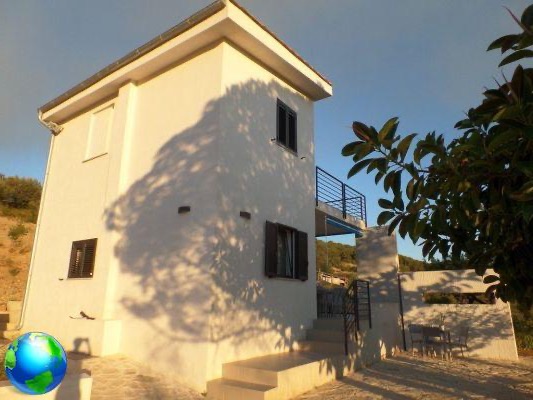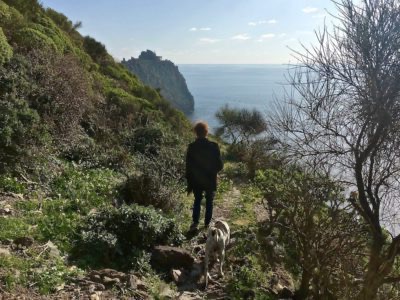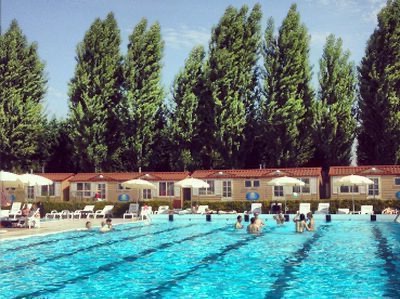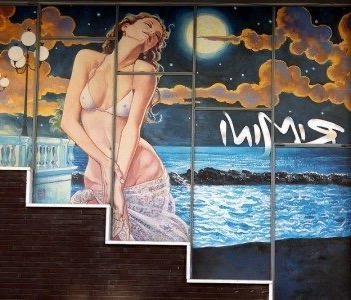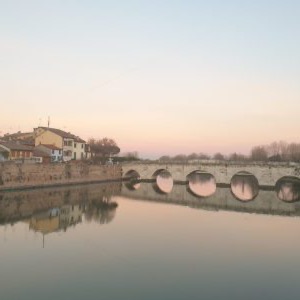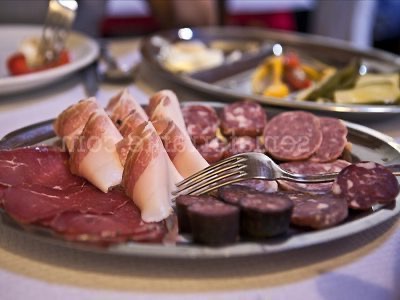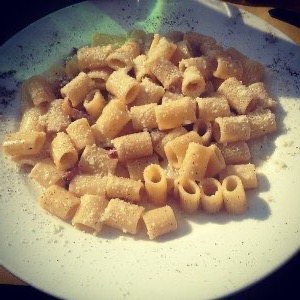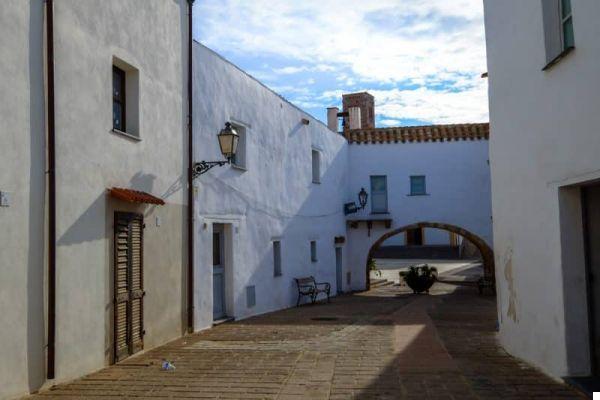If you know little about Ancona, this is your chance to organize a trip to the city where the sun rises and sets over the sea.
Walking around the wonders of Ancona, the city where the sun rises and sets on the sea.
Not everyone knows, but Ancona was one for many years Maritime Republic, proud and independent, who dared to challenge none other than the Serenissima for the supremacy of the Adriatic Sea.
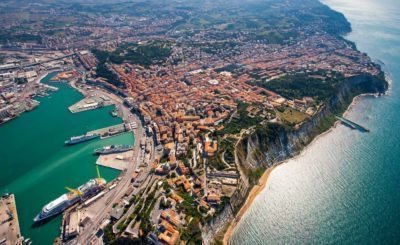
It is a story that has not been studied much but is now reflected in the architecture and wonders of this seaside town.
Another peculiarity, dictated by its particular conformation, is the fact that the sun will accompany you throughout the day, almost setting on the sea and giving you the impression of being on the Tyrrhenian coast.
The history of Ancona
We have already said that in its past Ancona challenged, with various battles, the Maritime Republic of Venice, trying to steal its economic and territorial power over the Adriatic Sea.
But in reality its history is undoubtedly linked to a past of Greek and Roman origin.
So let's go in search of this past rich in history.
1. The port of Ancona
The first stage is certainly linked to the history and life of Ancona itself: the port.
Mooring, shelter but also departures.
It is therefore easy to imagine the arrivals of the Greeks, founders of this city, or of the Romans who sailed from here for their conquests.
But also of the ships of the Republic, dedicated in their trade to the east and stories of pirates and privateers.
The glories of this past are clearly visible through theArch of Trajan and the remains of the posto antico.
Also in the port of Ancona we find theArco Clementino, which despite its classic style, dates back to the artist Vanvitelli and therefore to the XNUMXth century.
Near the old port we find the Mole Vanvitelliana.
Also erected in the eighteenth century. and currently used for exhibitions and shows.
In its past, however, as its "second" name reminds us, Lazzaretto, it was used as a warehouse and quarantine place for people from all over the world, thus avoiding the spread of diseases.
2. Archaeological Museum of the Marche
Here are preserved the treasures of this glorious past.
Admission is € 4 for the full ticket, or € 2 reduced for children aged between 18 and 25 and teachers, free up to 18 and over 65.
The building that houses the exhibition, or the Ferretti Palace, dates back to the sixteenth century. and inside we find finds from all the Marche.
Here, objects dating from the Bronze Age to the early Middle Ages find shelter.
Shields, weapons, silver, pottery from the Roman, Etruscan, Hellenic period, as well as those of the Piceni and the Gauls are kept inside this casket.
After visiting the Museum we can head towards the Old Town and its maze of streets.
3. Church of Santa Maria della Piazza
The visit of this church is managed by a group of volunteers who work from March to October on weekends.
This church rises directly above the remains of an early Christian basilica dating back to the XNUMXth century.
In fact, the remains of its history are still visible today in the basement.
The well, columns, Greek walls and frescoes are visible and make everything even more magical.
It is definitely worth spending some time to visit this gem.
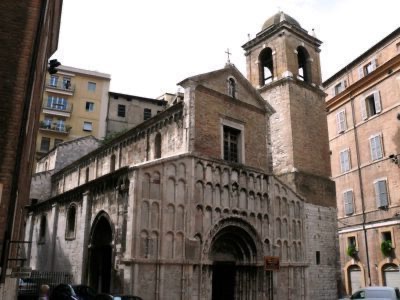
In the surroundings of the Church we find the Piazza del Plebiscito, also known by the name of Piazza del Papa.
Directly on this square we find the Government Palace, the Church of San Domenico and the Statue of Pope Clement XII.
Not far from the Piazza del Plebiscito, the Fountain of the Calamo, also known as the Fountain of the Thirteen Spouts.
There is a particular belief on this fountain.
In fact, the traveler who wants to return to the city should drink directly from this fountain.
Remembering the glorious history of the Maritime Republic it is impossible not to see the Loggia dei Mercanti.
It was built in the Venetian Gothic style between the XNUMXth and XNUMXth centuries. from Giorgio Orsini from Sibenik.
The loggia, in fact, as the name reminds us, was used by merchants to display their wares and to carry out trade in objects from all over the East.
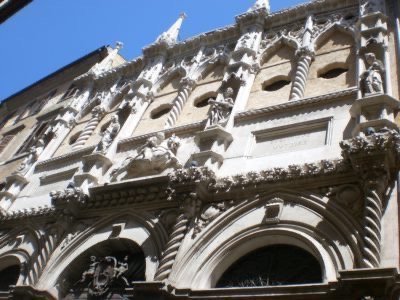
Not far from Palazzo Ferretti, we can admire the Palace of the Senate, seat today of the Superintendence of Archaeological Heritage, used at the time as the seat of the Senatorial Council.
It rises directly on the Roman Forum, so much so that the remains of columns and bases are still visible.
Near the Palazzo del Senato we find theRoman amphitheater of Ancona.
In the vicinity of the amphitheater we can then admire the Cardeto Park.
The view that opens onto the Adriatic Sea from this park is truly remarkable.
Inside the park there is the possibility of taking a nice walk among flowers and plants, but also the possibility of seeing the Jewish camp (open by appointment), the ancient lighthouse, the Castelfidardo powder magazine, the Stamura barracks and the refuge. anti-aircraft.
Returning then to the central streets of this city we can still admire the Palace of the Elders, which owes its name to the Council of Elders who gathered here under the period of the Maritime Republic and the so-called Citadel of Ancona.
The people of Ancona, hoping to thwart pirate attacks, accepted the help of the State of the Church in the construction of this building.
In reality it was used by Pope Clement VII to impose a dominion over the proud republic.
It was in fact in this period, in the XVI, that the independence of the Republic ceased and the control of the Papal State.
4. Francesco Podesti Civic Art Gallery
It bears the name of the Ancona painter Francesco Podesti who worked for the realization of this collection.
Inside we find very important works ranging from the fourteenth to the nineteenth century.
Works by Crivelli, Tiziano, by Podesti himself, as well as by Andrea Lilli, are placed inside.
5. The Cathedral of San Ciriaco
Why left for last?
From this spur of rock you can enjoy a breathtaking view over the whole city, on the port, on the hills and on the glories of its past.
The Cathedral is built on a Byzantine Romanesque style.
In reality, there are many hypotheses about its construction and its derivation, however, like every corner of the city it stands on the remains of a Hellenic and Roman past.
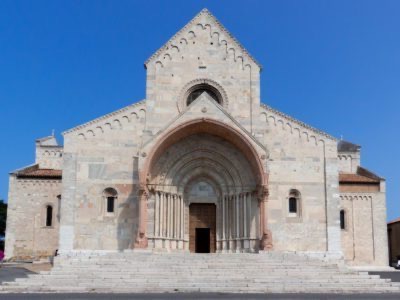
Its lions and its massive and square stones will make you feel all the prestige and pride of a population that has linked its history and its exploits to the sea.
Coming to the top of this promontory to enjoy the sunset will repay you for every step, for every drop of sweat that you will have shed walking up and down the streets of this city.
Next to the Cathedral you will find the Diocesan Museum which today houses a rich collection of reliquaries and sarcophagi as well as four Rubens tapestries.
How to get to Ancona?
Certainly public transport is the ideal way.
Train, bus, ship and aircraft.
Nothing is missing.
In fact, by train it is connected with all the main Italian cities, as well as with buses.
Then there is theFalconara airport which connects the city with various national and international destinations.
What to eat?
Wander through the narrow streets of the center and look for fish niches.
Obviously, due to its history, the typical recipes are linked to the sea.
They are a must try i Wild mussels from Portonovo.
Here you have to be careful not to call them mussels, otherwise you will be scolded on the spot.
Another typical recipe is lo stockfish, gastronomic symbol of this city.
This city is not very publicized, but I am convinced that you will be amazed by delving into its history, culture and wealth.
Every little corner, every little stone, column or decoration is linked to a story.
History that here - as in many other Italian cities - can be studied through its vertical stratification.




